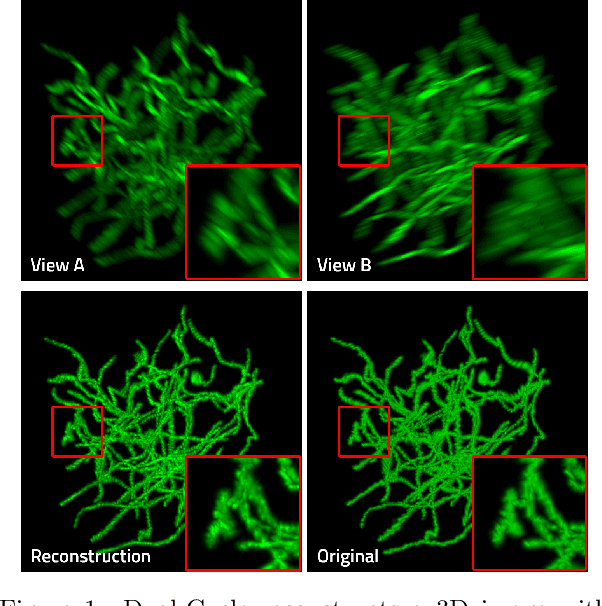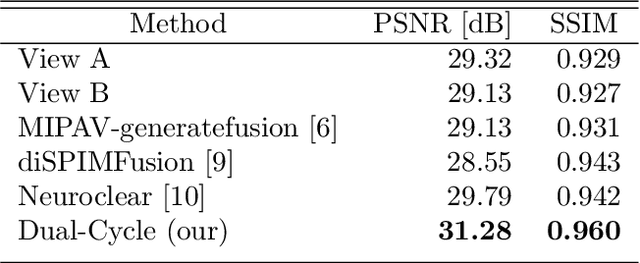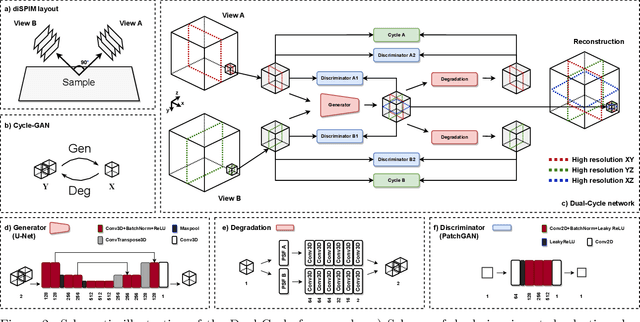Tomas Kerepecky
NeRD: Neural field-based Demosaicking
Apr 13, 2023Abstract:We introduce NeRD, a new demosaicking method for generating full-color images from Bayer patterns. Our approach leverages advancements in neural fields to perform demosaicking by representing an image as a coordinate-based neural network with sine activation functions. The inputs to the network are spatial coordinates and a low-resolution Bayer pattern, while the outputs are the corresponding RGB values. An encoder network, which is a blend of ResNet and U-net, enhances the implicit neural representation of the image to improve its quality and ensure spatial consistency through prior learning. Our experimental results demonstrate that NeRD outperforms traditional and state-of-the-art CNN-based methods and significantly closes the gap to transformer-based methods.
Real-Time Wheel Detection and Rim Classification in Automotive Production
Apr 13, 2023Abstract:This paper proposes a novel approach to real-time automatic rim detection, classification, and inspection by combining traditional computer vision and deep learning techniques. At the end of every automotive assembly line, a quality control process is carried out to identify any potential defects in the produced cars. Common yet hazardous defects are related, for example, to incorrectly mounted rims. Routine inspections are mostly conducted by human workers that are negatively affected by factors such as fatigue or distraction. We have designed a new prototype to validate whether all four wheels on a single car match in size and type. Additionally, we present three comprehensive open-source databases, CWD1500, WHEEL22, and RB600, for wheel, rim, and bolt detection, as well as rim classification, which are free-to-use for scientific purposes.
Dual-Cycle: Self-Supervised Dual-View Fluorescence Microscopy Image Reconstruction using CycleGAN
Sep 23, 2022



Abstract:Three-dimensional fluorescence microscopy often suffers from anisotropy, where the resolution along the axial direction is lower than that within the lateral imaging plane. We address this issue by presenting Dual-Cycle, a new framework for joint deconvolution and fusion of dual-view fluorescence images. Inspired by the recent Neuroclear method, Dual-Cycle is designed as a cycle-consistent generative network trained in a self-supervised fashion by combining a dual-view generator and prior-guided degradation model. We validate Dual-Cycle on both synthetic and real data showing its state-of-the-art performance without any external training data.
 Add to Chrome
Add to Chrome Add to Firefox
Add to Firefox Add to Edge
Add to Edge